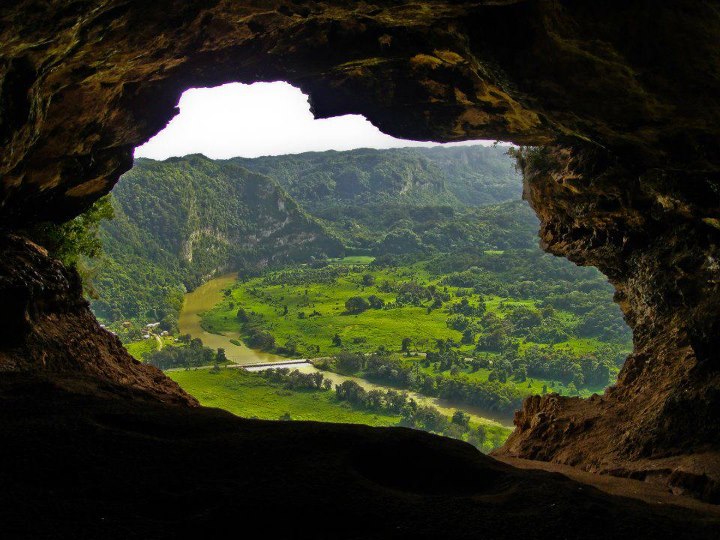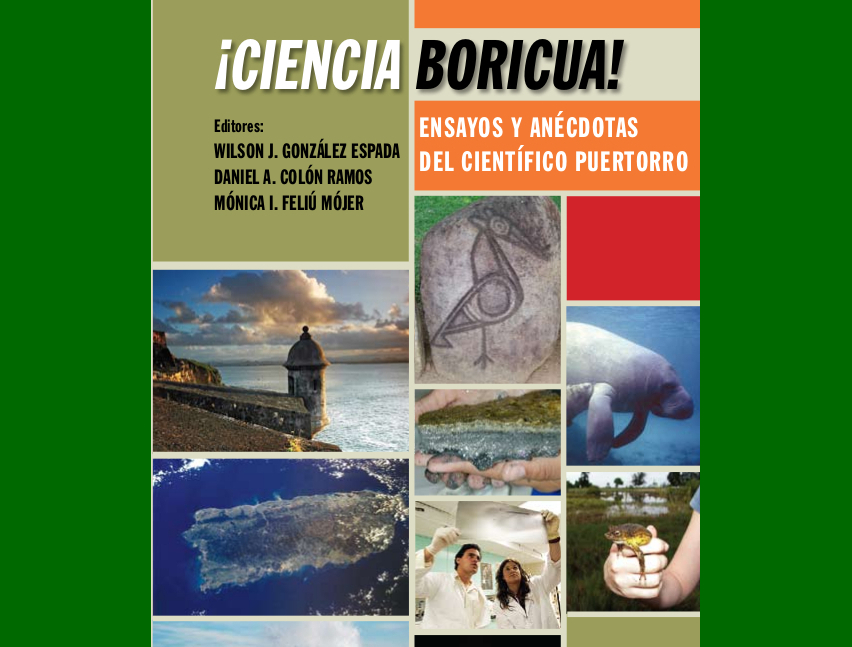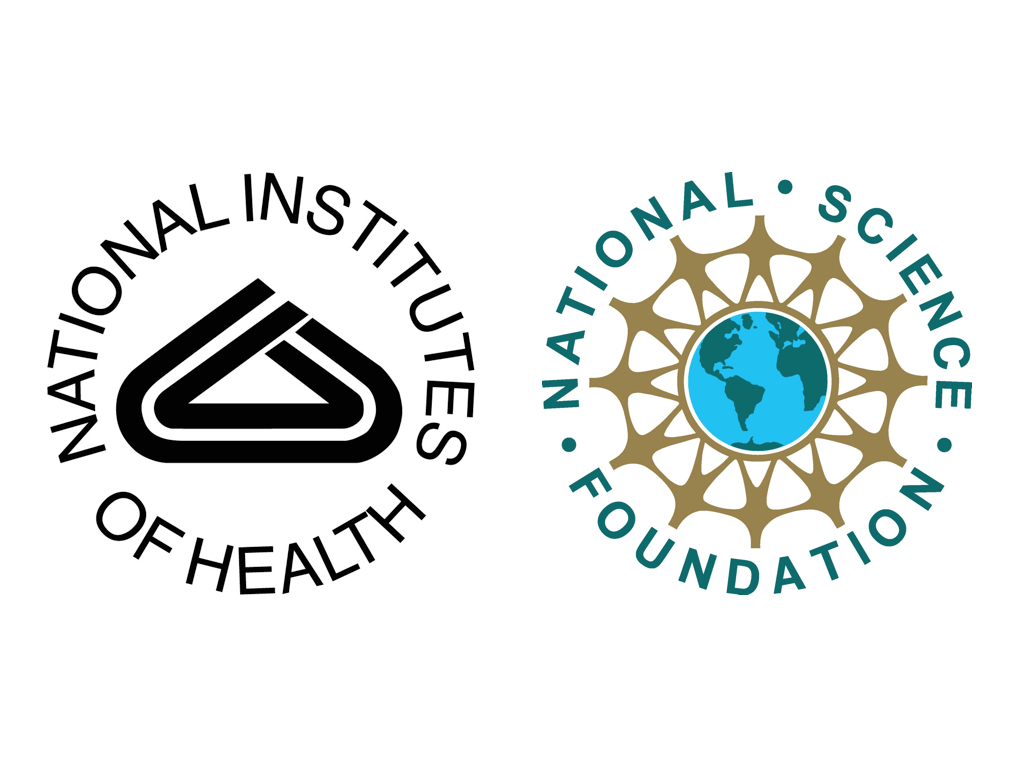Puerto Rico isn’t facing a second wave of COVID-19… yet.
Submitted by danilo.perez on
Originally published on Medium
Earlier this week, the Washington Post reported that 14 states and Puerto Rico hit highest seven-day average of new coronavirus infections. However, this is very inaccurate, for a variety of reasons.
For this report, the Washington Post used the reported case counts for each of these jurisdictions. However, caution was not taken to consider the challenges each of these jurisdictions are facing, precisely in the production of these reports. For Puerto Rico, these problems have been colossal, and I have been producing daily reports on distinct aspects of this matter for the Puerto Rican community you can find at past.covidpr.info (in Spanish).
For starters, the new case count definition utilized for this Washington Post article was the difference in accumulated case counts to report date. What does this mean? It means that if on June 3rd, Puerto Rico reported 4023 accumulated cases, and on June 4th, Puerto Rico reported 4508 accumulated cases, then the “new coronavirus infections” for that date would be 485. However, that is not how it works at all, at least in Puerto Rico.
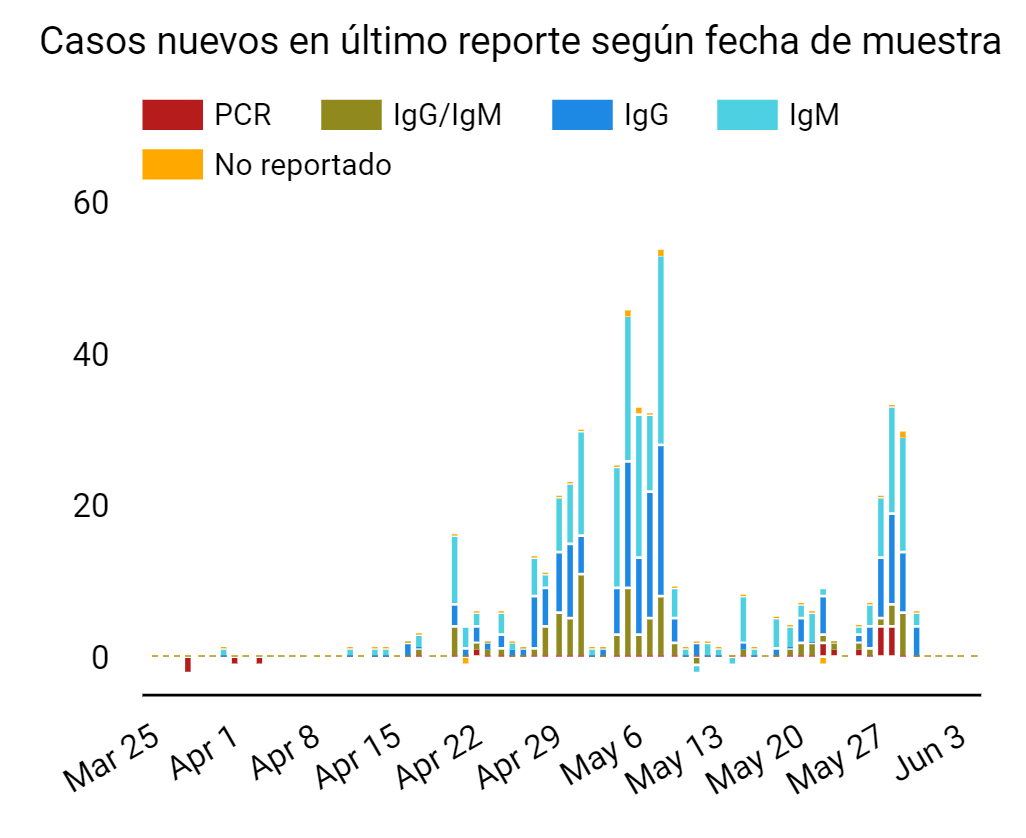
As we can see in the preceding graph, the “new coronavirus infections” were actually in a large degree from very old samples that had not been adequately reported. In that sense, Puerto Rico is observing an increase in Accumulated Case Detections, but not actual new coronavirus infections, as the original report indicates.
However, this does not mean Puerto Rico is without problems in the immediate foreseeable future. The Governor of Puerto Rico announced yesterday we were entering a 3rd phase of reopening. Against the best recommendations of her own personally assembled Medical Task Force, essentially all economic activities will be permitted regular operation.
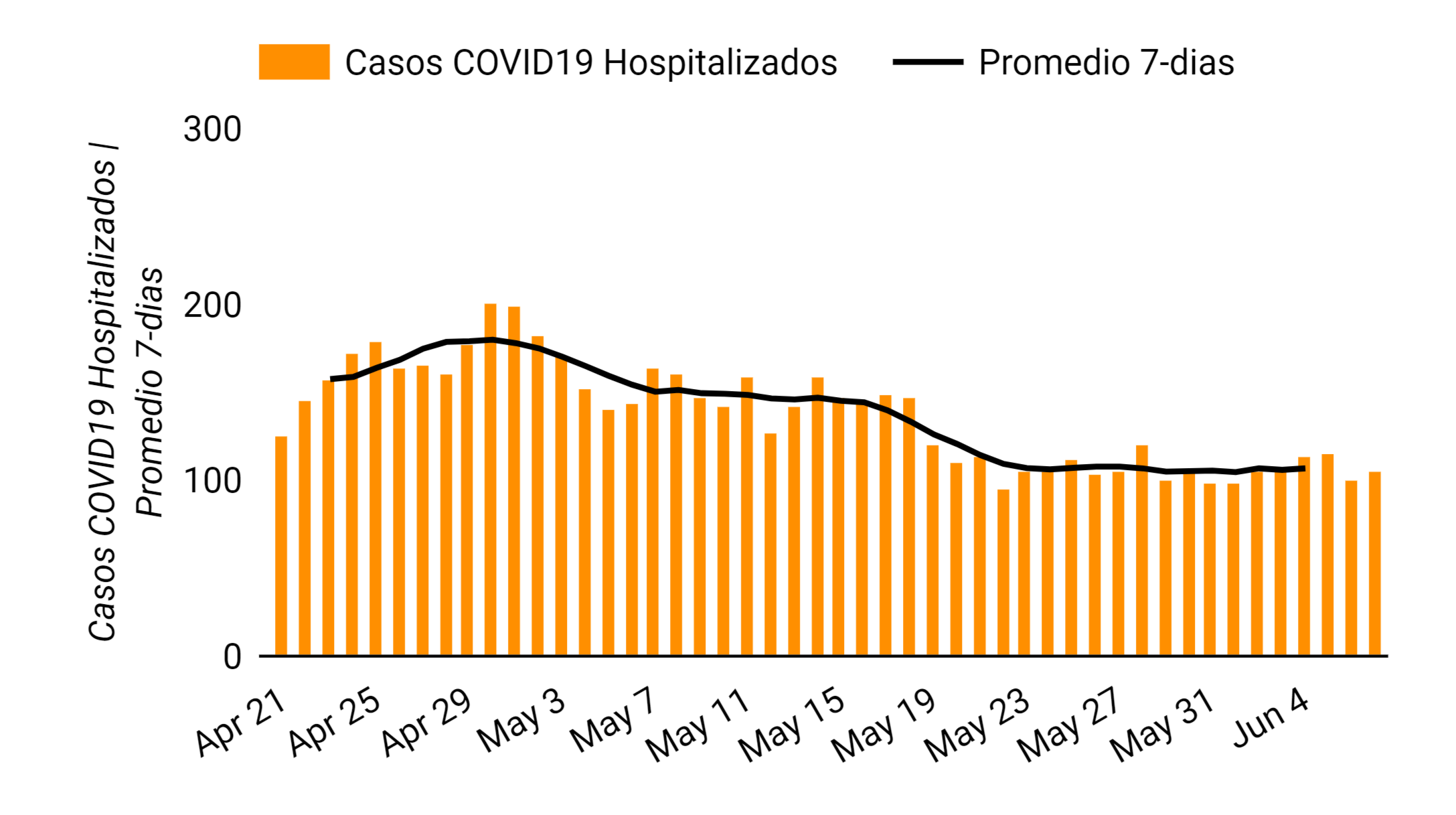
This could not be coming at a worse time. After passing an initial peak in hospitalizations towards the end of April, Puerto Rico had begun making progress in reducing the amount of cases hospitalized. However, the last two phases of reopenings have had the effect of elongating plateaus, reflecting new influxes of patients that did not allow continued progress in this reduction, at least immediately. In the case of the 1st phase of reopening, progress was able to be made once again towards the third week of May. However, the effect of the beginning of the 2nd phase of reopening was felt rapidly after, and progress was once again halted. Right now, we still haven’t been able to re-establish this progress in reducing our hospitalized COVID-19 population, and this 3rd wave may actually cause a second phase of increasing hospitalizations.
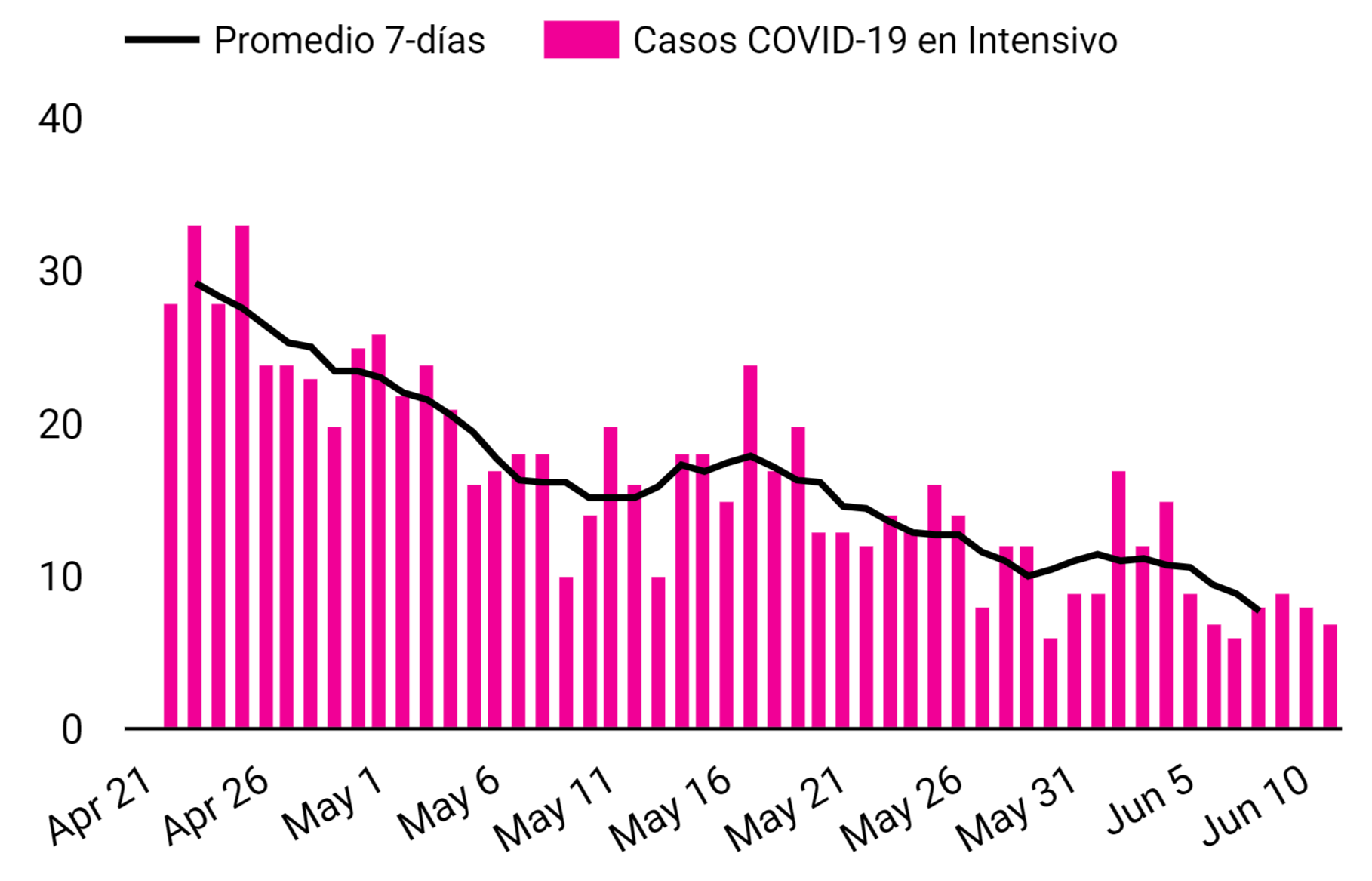
All hope is not lost, however. Fortunately, progress in reducing the severity of COVID-19 cases has been made. Though I have my reservations with reports that the SARS-CoV-2 is mutating into a less lethal variation, what is evident is we have a better understanding both as a general populace, and as health professionals, in how to handle COVID-19 appropriately: early intervention. If we could recognize symptoms early, with novel intervention protocols, we could potentially avoid disease progression to the point where intensive care is required.
In summary, Puerto Rico is in a very sensitive position, where the integration of distinct sources of epidemiological information is required to understand where exactly we stand. It is inaccurate to characterize Puerto Rico’s situation as one where we are already experiencing “a record number of new coronavirus infections”. It is, however, accurate to recognize we are still dealing with challenges that complicate our future outlook, and should cause all health professionals and policymakers to proceed with caution.
About the author: Danilo Pérez is a young Puerto Rican who graduated from the University of Puerto Rico at Cayey where he had the opportunity to train under Dr. Maytée Cruz-Aponte, mathematical epidemiologist, for 4 years, generating mathematical models of different diseases, from Diabetes mellitus to Zika. He currently serves as Scientific Advisor for COSACO-PR where he maintains their daily updates and dashboard available in Spanish at daily.covidpr.info.






